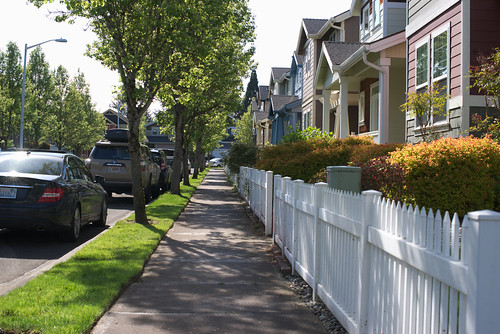Living where I do, I absolutely know much how fortunate I am to live in peace. There is mental space and physical safety to do the things I want, like write these little amount to nothing important blog entries.
Not everyone has this option these days. We receive daily reminders of this fact and it's downright heartbreaking. People are being killed for a man's out-sized sense of power, control, and entitlement. I wish peace for everyone.
And the best of luck to Peter Turnley. He is in the Ukraine right now. What he says about the refugees and the photographs he is making of them fleeing the war zone gives me serious pause.
I have a well-used Sony NEX-5T that I'm not sure what to do with. Should I sell it? Well, yes, but there have been no buyers.
Could I convert it to monochrome? Maybe. What stops me is for the cost of conversion I could pick up two mint condition used Sony A7 full frame bodies.
So what to do? I'm not yet sure. Maybe I'll just keep the camera and keep smashing on the shutter release to see if I can't improve my "seeing." To make a few more images.
While considering my list of options, including converting the NEX-5T to dedicated monochrome, I came back across Monochrome Imaging Services website. They have a page that illustrates resolution gains seen by converting an RGB sensor to monochrome.
They make an offer. "Download any of the RAW files with the links below." So I did.
Since I've written recently and in more than a few posts about Rawtherapee's "Capture Sharpen" function, I thought I would take the opportunity to see how software "sharpening" compares against native sensor resolution in monochrome.
Comparison -
Here is the scene the Monochrome Imaging Services starts with. I've passed it through Rawtherapee, "Auto-Matched Tone Curve", and downsized to illustrate the starting point.
Now, the comparison image.
[As always, click on the image and open at 100percent to pixel-peep. In fact, you may need to view this a 400percent to see some of the rather subtle detail differences.]
Comments -
The monochrome converted sensor image is indeed very sharp. Adding "Capture Sharpen" to the monochrome image seems un-needed.
Working from the color version I took into consideration two things.
The first was to confirm how a simple de-saturation worked. Removing the Bayer color layer of a sensor could, to my way of thinking, make a camera work a lot like a pan-chromatic film. All color sensitivities of equal energy would give equal exposure values.
In concept a color de-saturated to B&W image should match a monochrome converted sensor photo. This is what I see in the comparison. Moving to a different method of color to B&W conversion is where I see subtle value differences.
To understand B&W tonal separation, one of the things I've been exploring recently is human perception color conversion to B&W. In this case color values are set to match how humans experience various colors in monochrome. For instance, we "see" blue darker than we do red or green of equivalent energy levels.
With color images we have various tools to achieve tonal separation when performing a B&W transition. We can work on images after the shutter has been released.
Working from a monochrome converted sensor image flips the image creation process back to traditional processes. It requires us to think ahead on which filters to apply from our old traditional B&W filters set we used when shooting film before the shutter is released.
The second thing in this comparison was to "Capture Sharpen" the color converted into B&W images to see how close I might get to the resolution of the monochrome converted sensor image.
Both de-saturated and human perception converted images experience increases in "sharpness" using "Capture Sharpen." How close they come to matching the monochrome converted sensor output is a matter of how I "see" things.
At 400 percent image size the "Capture Sharpen" images look "crunchy" compared to the monochrome converted sensor. The difference is subtle but, to me, clearly visible. The monochrome converted sensor image is very smooth.
I shot film for many years and in my youth worked as a B&W print technician in Hollywood and Irvine, California. Using this background as a reference point I feel I have a sense of how current digital compares with film
For instance, based on the size of the noise and looking at light/dark transitions, and smooth fields of color and tone I feel images from a 1inch sensor "look" and "feel" like 120 format output. The larger APS-C sized sensor can closely match what I used to do in 4x5inch format. Full Frame digital seems to match my old 8x10inch format output.
Completing this line of thinking and looking at the monochrome converted sensor output I feel this could be like using an old Folmer and Schwing 12x20inch view camera.


No comments:
Post a Comment